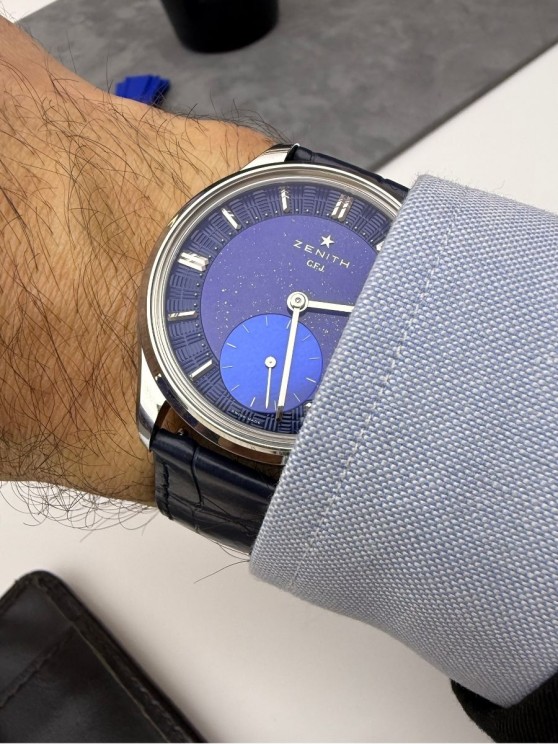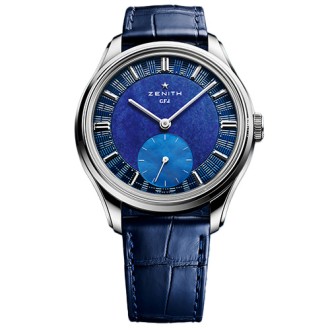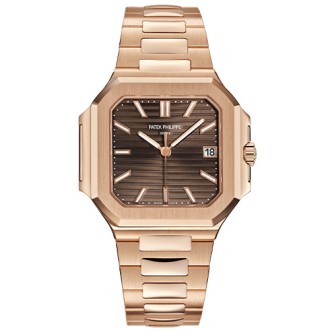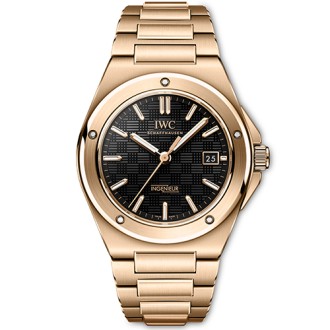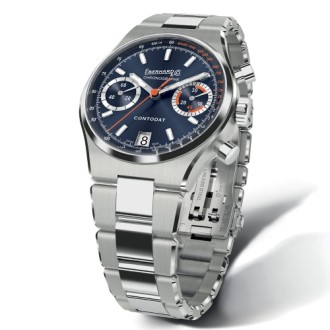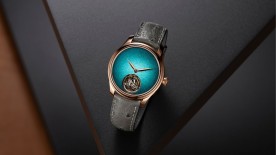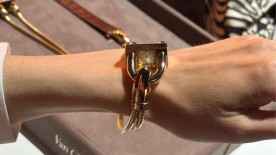We're no longer quite sure where it started, but it's definitely here. At Watches and Wonders, the trend toward smaller diameters made its way through every aisle of Palexpo, where the event was held. Is it the resurgence of neo-vintage style and its invisible ceiling of 40 mm? A backlash against the bling-heavy designs of the past decade? The influence of Asian markets, which have long preferred smaller sizes? Or maybe it’s the discerning collectors, who never buy anything over 40 mm? Not one of these reasons in particular—but probably a bit of all of them.
Let’s skip the catalog-style rundown of each watch that fits the trend. It’s tedious and only offers a narrow view that misses the broader picture. What we’re seeing is a real return by heritage brands to the dimensions of their original designs. That makes the move entirely legitimate. These watchmakers are simply offering in 2025 what they already had in their display cases in 1975.
You could criticize the lack of originality. But that’s a bit of an easy shot—today’s models are never exact copies. Straps are redesigned, dials reworked, and thankfully, the movements are upgraded. Minor changes? Sure. But watchmaking is all about the details.
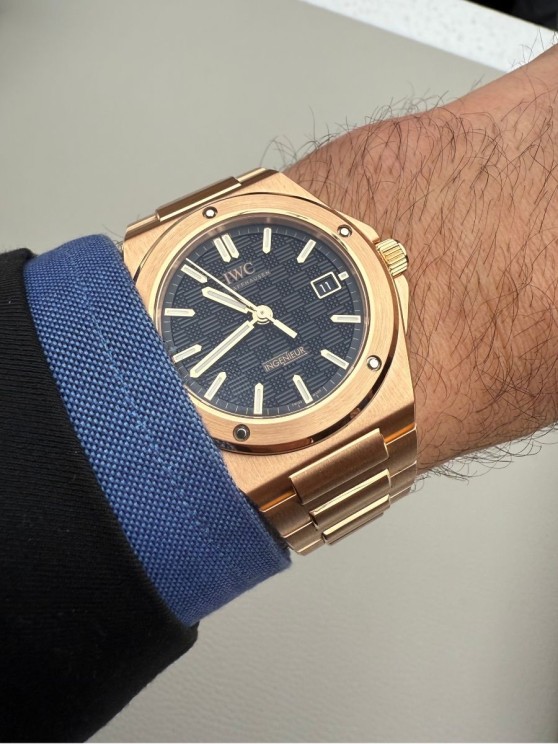
Subtle Reinventions
Take IWC, for example. The Ingenieur is reborn as a 40 mm, all-gold model with a new black dial patterned with dots and lines. The proportions are spot on, the wrist presence is refined and precise, highlighted by outstanding finishing. The '70s inspiration is subtly blended with a quiet modern touch. Same goes for Eberhard & Co., launching its Contodat line. The new version is just 39 mm. The case is slimmer, with a new profile and polished edges to accentuate its contours. The original bracelet—previously a bit too loose—has been redesigned. The hands are shorter and wider, and the blue dial is now slightly darker. The attention to detail is understated but spot-on. The Contodat is back—and better than ever. And then there’s Alpina’s Heritage Tropic-Proof. This one goes even further, with a near-identical reissue of its 1960s model—diameter included: just 34 mm! It’s an unusual choice, but surprisingly, it wears well on the wrist.
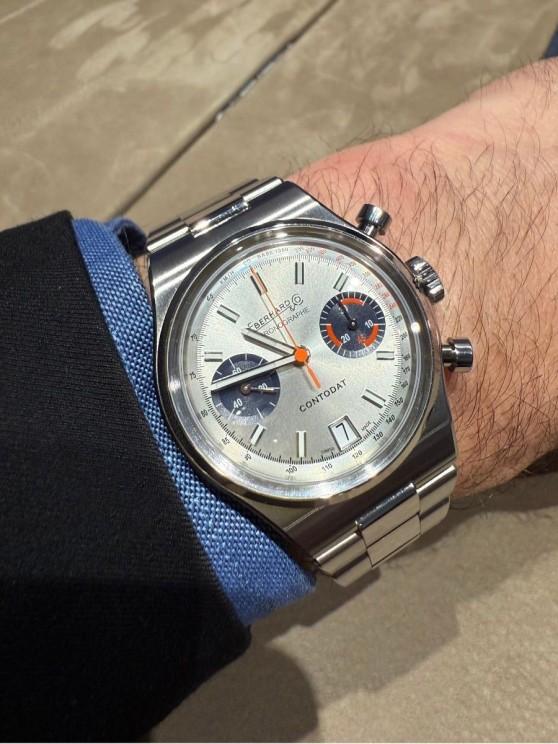
New Models, Smaller Sizes
At the same time, many brand-new 2025 releases are sticking to small sizes from the get-go. Maurice Lacroix, for instance, unveiled its new “Access” collection, the 1975, alongside the main show. It's only available in three sizes: 36, 39, and 40 mm.
On the other end of the spectrum, Patek Philippe's Cubitus—a square model originally revealed in late 2024 with a 45 mm “diameter”—has now been resized to 40 mm. And when Zenith launched its entirely new G.F.J. collection (named after Georges Favre-Jacot), it came out directly in a 39 mm size—period. Once again, even watches designed in 2025 are following the rules of restraint. This reduced, more discreet aesthetic has almost always been accompanied by technical minimalism too: apart from the Contodat with its chronograph, all the watches mentioned here are simple three-handers, maybe with a date window. Smaller millimeters, fewer complications?
